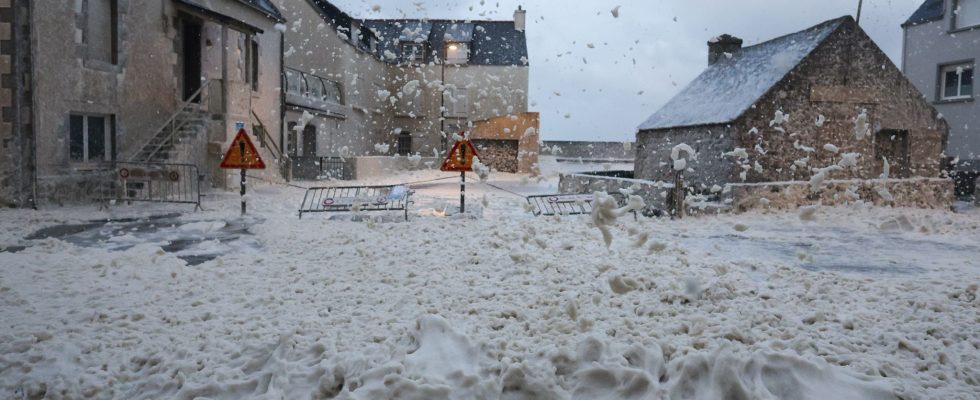This is a clear “change of scale”. In 2023, climate disasters in France will cost 6.5 billion euros to insurers who are worried about the acceleration of these devastating events, Florence Lustman, president of France Assureurs, told AFP on Wednesday.
Concerning climate risk, 2023 being “the third most serious year in terms of climate disasters after 1999 and 2022”, the president of the federation told AFP. The year 1999, marked by storms Lothar and Martin, remains the worst so far with an estimated cost of 13.8 billion euros in constant euros, followed by 2022 whose climatic events cost 10 billion euros to insurers.
We are crossing “successive levels in the cost of climate risk”. In the years 2000 to 2008 “we were on average 2.7 billion euros per year”. Then between 2010 and 2019 “we went to 3.7 billion. And if I take the average over the last four years, including 2022 and 2023, I am at six billion,” she added.
There were many extreme phenomena in 2023, which is also the second hottest year in France after 2022, including “15 windy phenomena, with winds of more than 150 km/h”, “14 floods with at each time, more than 15 municipalities which were the subject of a natural disaster order, the “Ciaran and Domingos storms which affected the northwest and caused 517,000 losses at a cost of 1.6 billion euros”, and the floods in the north which left “40,000 victims”.
Cat nat diet
Storms, such as hail, are covered in insurers’ damage contracts, while floods or droughts are subject to the “cat nat” regime. The State covers half of the costs, thereby reducing insurers’ bills by half.
“This public-private partnership aims to cover risks which would otherwise become uninsurable for insurers,” explains Florence Lustman. Former insurer Thierry Langreney was commissioned by the government to carry out a study on the insurability of climate risks, the publication of which is impatiently awaited by the insurance world.
A very important measure was already taken at the end of last year by Bercy to anticipate the increase in devastating climatic events with the increase in the “Cat Nat” surcharge from 12% to 20% from 2025 for all policyholders. But faced with this intensification of risks “we consider that we still have the means to act through prevention”, according to the president of France Assureurs.
Thus, “almost all insurers send SMS messages as soon as you have a property that is insured in a location that is likely to experience an episode of natural events.”
“Civil and government prevention, combined with insurer prevention” mean, for example, that “storms Ciaran and Domingos had an impact that was controlled. It could have been much worse,” underlines Florence Lustman.
A “drought initiative”
The response of insurers to this change in scale of risks, “it is a change of scale in our prevention behaviors”, adds the president of France Assureurs who launched a very concrete “drought initiative” to find the best way to prevent or repair the shrinkage-swelling of clays which threatens more than 11 million houses in France with cracks.
The shrinkage-swelling of clay soils (RGA), alternation of drought and rehydration of soils which causes buildings to crack, is eligible for the natural disaster regime.
